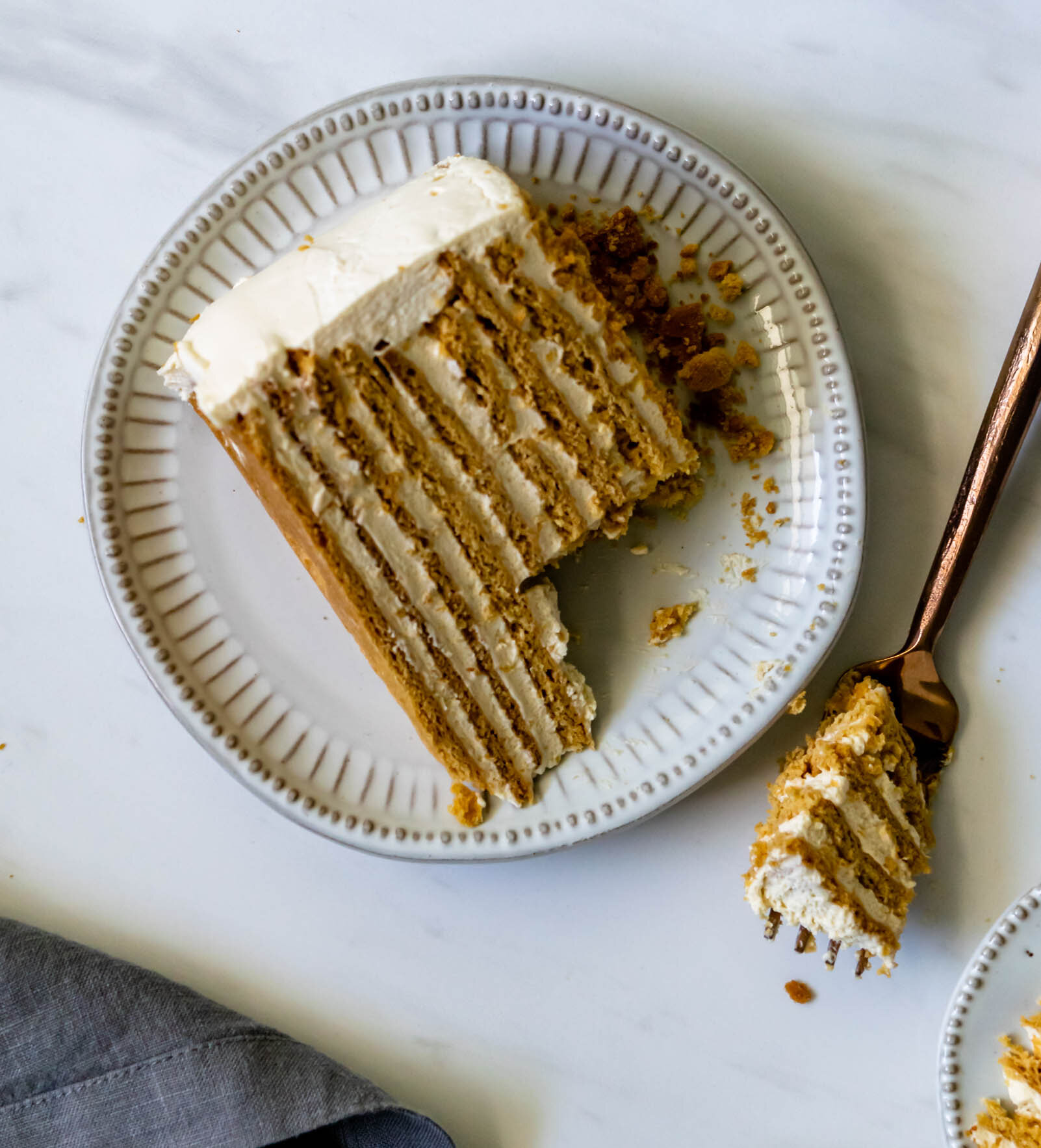Project Baking: 8 recipes for when you're stuck at home
/It seems like most of us will be spending our days at home for the foreseeable future thanks to COVID-19. Martin works in professional soccer and MLS has suspended their season for the next 30 days, so things feel a little up in the air around here. Thankfully, since I work from home, I will still continue to develop and share recipes with you as normal for the next few weeks. I’ve decided, though, that all of this social distancing and self-quarantine is perfect for what I like to call ‘project baking’. These are recipes that you may not turn to for a weeknight dessert; they are little more labor-intensive and need a little more time (which is something we all have). So if you’re home, I encourage you to grab your kiddos or family or quarantine buddy, and hop in the kitchen. Knead some dough, decorate some cakes, and make something beautiful during this time.
Classic Sourdough- Where better to start than a good ‘ole loaf of bread. Sourdough is one of my favorite things to make, and it’s made it’s way into my regular rotation. Here you’ll find a step by step guide to starting your very own sourdough journey—everything from creating a culture to the final loaf. I also have a video of the entire baking and shaping process saved to my Instagram highlights to make things a little easier for you.
Baklava- Sure there is a bit of layering involved in baklava-making, but it is worth it. If you’re looking for a nutty, buttery dessert to share with your loved ones, this is the one for you. Plus, there is nothing more delicious than pouring honey sauce on hot baklava and watching it bubble. As Lizzie McGuire says, “This is what dreams are made of.”
Chocolate Tahini Brioche Babka- This might be my favorite recipe on the blog. It’s definitely in the top ten. Swirls of tahini and dark chocolate are tucked into fluffy brioche and the whole thing sort of melts in your month. Also, shaping babkas are fun and they’re very photogenic.
Bombolonis with Limoncello Cream- Bombolonis are Italian-style yeasted doughnuts. They are fried until they are golden brown, tossed in sugar while warm, and filled with a slightly citrus limoncello cream. Eat them for breakfast, brunch, dessert, lunch, really whenever. Also, if you tackle the Chocolate Tahini Brioche Babka (above), you can use the remaining half of the brioche dough for these doughnuts. See, you can multi-task project baking!
Chamomile Cake with Blood Orange Curd and Swiss Meringue Buttercream- Quarantine is the perfect time to dust up on your cake decorating skills. This chamomile cake feels like spring and it’s filled with a bright, citrusy blood orange curd. You can easily substitute whatever citrus you have on hand to make this cake your own.
Russian Honey Cake- I first discovered Russian Honey Cake in pastry school. We made it as a project for one of my cake classes and I’ve since added it to my own kitchen repertoire. The cookie layers are similar to graham crackers and they’re sandwiched with a dulce de leche cream that softens the cookies just enough to be able to cut through them. It’s sweet and show-stopping at the same time.
Classic Croissants- Everyone should make croissants at least once in their lives. If nothing else, you will gain a new appreciation for your local bakery that makes those perfect croissants that flake into a million pieces the second you bite into them. These are classic, but feel free to fill them with chocolate or spinach or ham and cheese—really anything your heart desires!
Multigrain Bagels with Quinoa and Arugula Cream Cheese- These bagels are filled with quinoa for a little extra protein and they freeze beautifully— a win-win in my book. Pair them with a bright, herby cream cheese and you’ve got a beautiful brunch pairing.
















